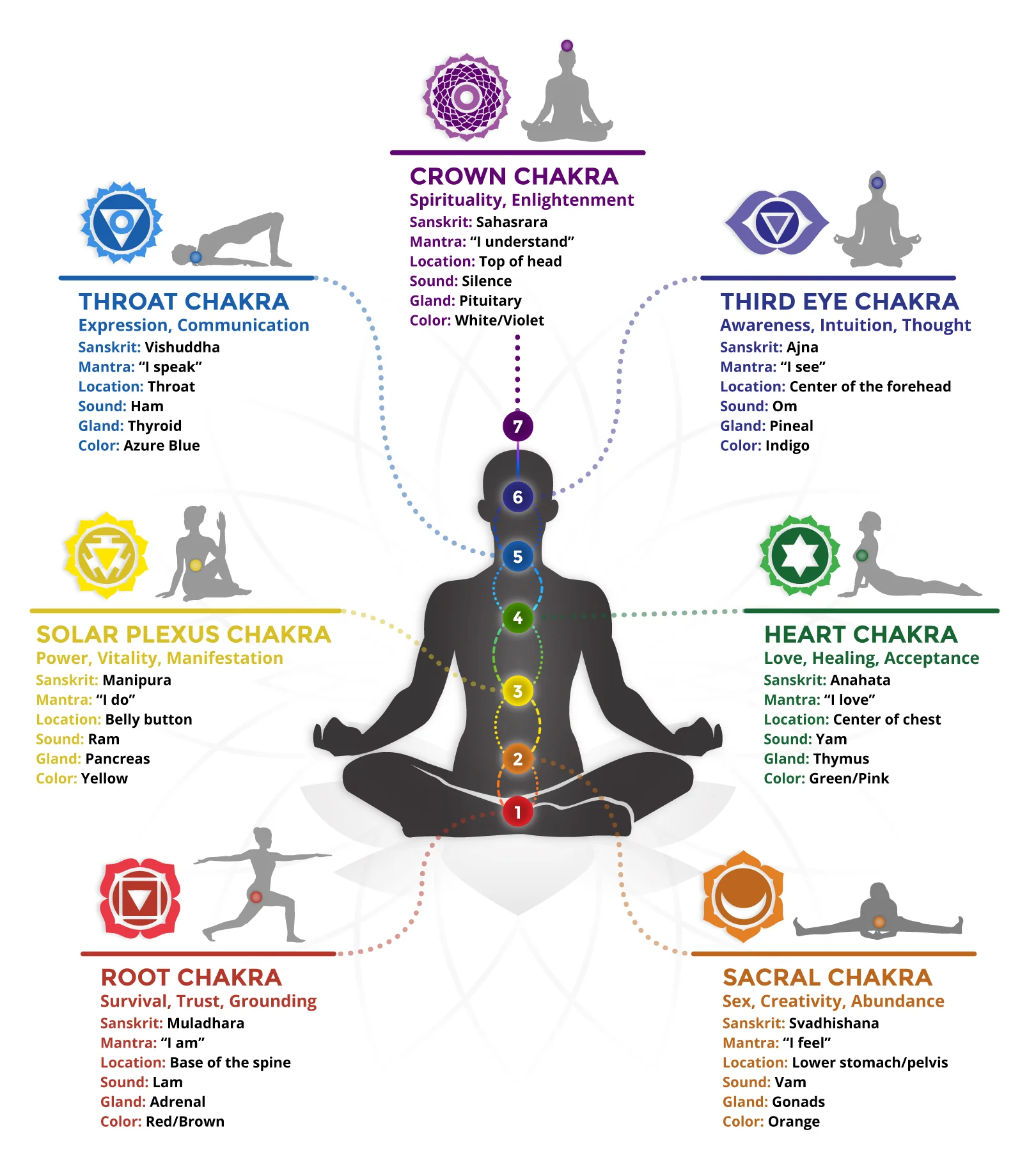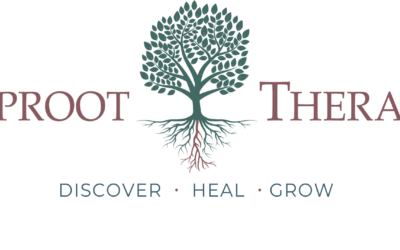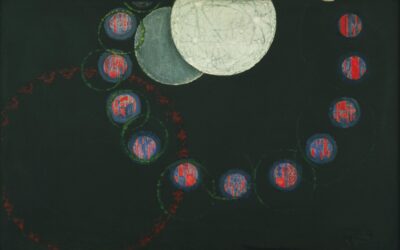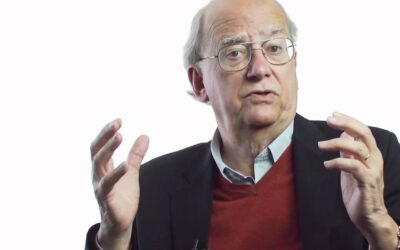What is a third Eye in Hindu Practice?

The third eye, also known as the Ajna chakra, is a mystical concept that has captured the imagination of spiritual seekers for centuries. Often associated with intuition, insight, and higher consciousness, the third eye is believed to be a gateway to profound spiritual experiences and inner wisdom. This article explores the concept of the third eye, its significance in various mystical traditions, and practical methods for awakening and cultivating this powerful energy center.
The Third Eye in Mystical Traditions
Hinduism:
In Hindu mysticism, the third eye is associated with the god Shiva, who is often depicted with a third eye on his forehead, symbolizing his ability to see beyond the physical realm and destroy ignorance and illusion.
Buddhism:
Buddhist teachings describe the third eye as a symbol of enlightenment, representing the ability to see the true nature of reality and transcend the cycle of suffering.
Taoism:
Taoist practices often focus on cultivating the “inner eye” or “celestial eye,” which is believed to grant insight into the mysteries of the universe and the flow of qi (life force energy).
Western Esotericism:
In Western esoteric traditions, such as Theosophy and Rosicrucianism, the third eye is associated with clairvoyance, astral projection, and access to higher dimensions of consciousness.
Practical Methods for Awakening the Third Eye
Meditation:
Regular meditation practice, particularly focusing on the area between the eyebrows, is believed to stimulate and activate the third eye. Visualization techniques, such as imagining a glowing indigo light in this area, can enhance the effects.
Breathwork:
Specific breathing techniques, such as alternate nostril breathing (Nadi Shodhana) and Breath of Fire, are thought to balance the energy flow in the body and promote the awakening of the third eye.
Yoga:
Certain yoga postures, such as the Child’s Pose (Balasana) and the Seated Forward Bend (Paschimottanasana), are believed to stimulate the third eye by increasing blood flow and energy to the forehead.
Chanting:
The repetition of specific mantras, such as “OM” or “SOHUM,” is believed to resonate with the frequency of the third eye chakra and promote its activation.
Dietary Practices:
Some traditions recommend specific dietary practices, such as fasting or consuming certain herbs and supplements, to support the awakening of the third eye.
It’s important to approach the concept of the third eye with a balanced perspective, recognizing that the experiences and abilities associated with this energy center may vary widely among individuals. Some may report vivid visions, psychic experiences, or profound spiritual insights, while others may experience more subtle shifts in perception and intuition.
Want to Talk about Chakras look at Alice’s Page
As with any spiritual practice, the cultivation of the third eye should be approached with patience, discernment, and respect for one’s own boundaries and well-being. It’s essential to maintain a grounded perspective and to integrate any insights or experiences gained through third eye practices into daily life in a practical and responsible manner.
Ultimately, the awakening of the third eye is a deeply personal journey that can offer a pathway to greater self-knowledge, spiritual growth, and connection with the divine. By exploring this mystical concept with an open heart and a curious mind, individuals may discover new depths of inner wisdom and insight that can enrich their lives and deepen their understanding of the mysteries of existence.
Mystics and Gurus





0 Comments